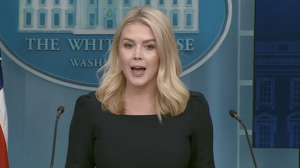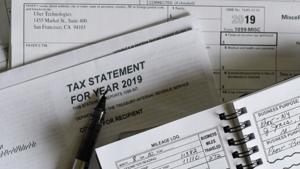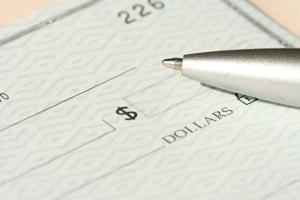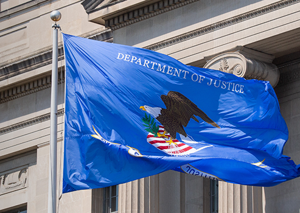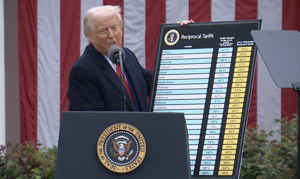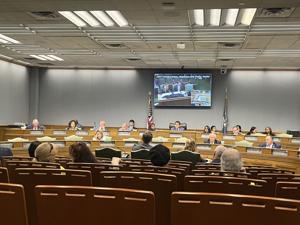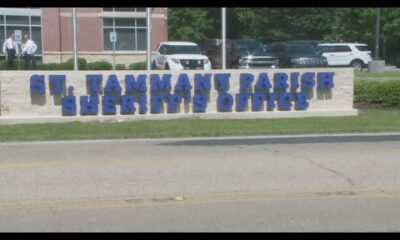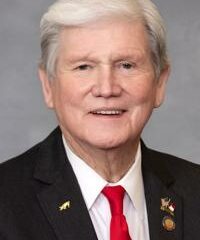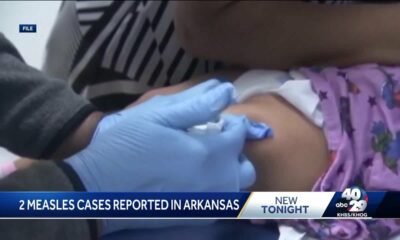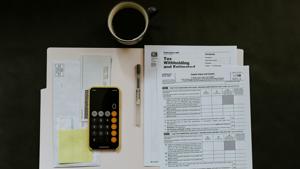(The Center Square) – This week’s economic calendar is chock-full of key reports and influential Fed speeches that could reshape our outlook amid persistent uncertainty.
Recent Q1 data have already cast a long shadow over the economy, and all eyes will now be on retail sales, housing indicators, and official commentary as we step into a new stretch of choppy waters.
Retail Sales: A Rebound With Caveats
Retail sales are expected to have rebounded in March as consumers rush to spend when they anticipate rising prices in the future. Yet while spending on essential goods may pick up, discretionary categories are on the decline. This pullback is driven by growing concerns that real incomes will fall – consumers are expecting their future purchasing power to erode.
Wage growth is also under pressure as business investment falters and the labor market remains frozen. Additionally, the recent stock market dive in April will sap wealth, and for every dollar of lost market value, consumer spending typically drops by 2–5 cents, setting the stage for further weakness in next month’s report.
The Atlanta Fed’s GDPNow model now estimates Q1 2025 real GDP growth at -2.4%, suggesting a lingering risk that the economy is stalling.
Housing Market: Uncertainty and Opportunity
Get ready for plenty of housing data in the coming week. Homebuilder confidence remains weak due to tariff uncertainty and sluggish consumer sentiment. Housing starts are likely to fall. Despite these headwinds, housing affordability is improving, and home sales could still outpace last year’s figures – especially when you consider that the unemployment rate remains low and mortgage rates remain around 40 basis points lower than they were a year ago.
Remember, while the U.S. has weathered 14 recessions since the Great Depression, real home prices have only dropped significantly four times. Most downturns see flat prices or slowed appreciation rather than outright declines, underscoring the housing market’s resilience.
Fed Speeches and Policy Uncertainty
On the policy front, Fed Presidents Patrick Harker, Beth Hammack, Raphael Bostic, and Mary Daly are slated to speak this week, adding their voices to a growing chorus of caution amid escalating uncertainty. Economic research underscores that heightened policy uncertainty can reduce business investment by 2–3 percentage points and slow GDP growth by 0.5–1% over the following year. Tightening financial conditions could push the Fed to act as early as the June meeting – sooner than previously anticipated – to support a weakening US economy.

